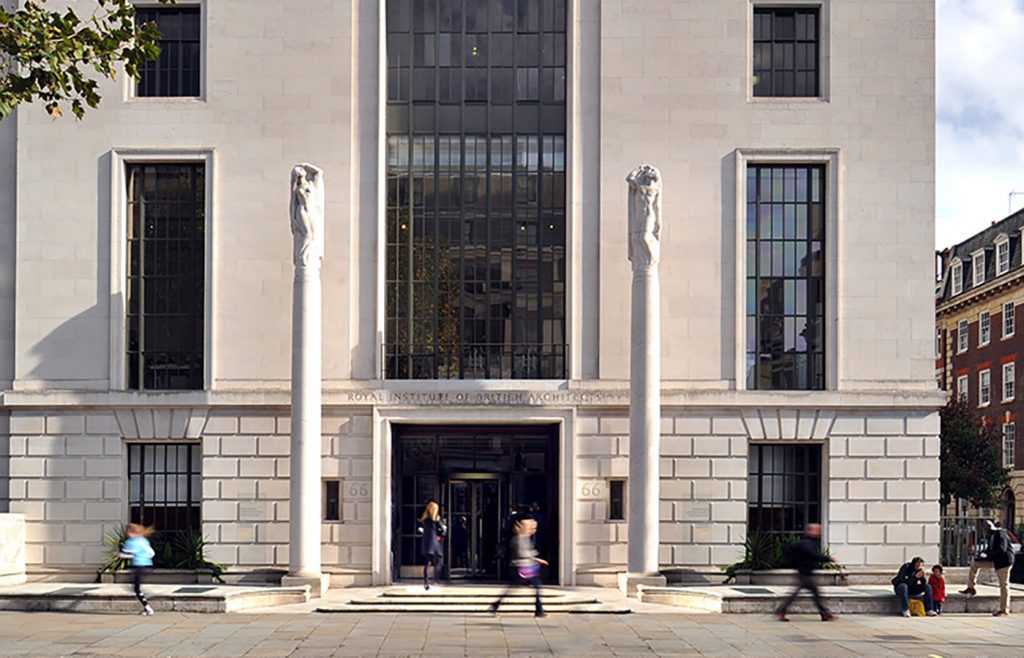
The Royal Institute of British Architects (RIBA) has published the latest Future Trends survey results, a monthly report of the business and employment trends affecting the architects’ profession.
June sees a further dip in architects’ confidence, although the overall outlook remains positive by the slimmest of margins.Following a period of improvement since the beginning of the year, The RIBA Future Trends Workload Index (how practices expect workload to change over the next three months) fell from +8 to +2 between April and May, and has fallen again in June.
The RIBA Future Trends Permanent Staffing Index (how practices expect permanent staffing to change over the nextthree months) has fallen 5 points to -1 between May and June, reaching negative territory for the first time this year, reflecting thelower confidence in workloads.
The housing sector expects workloads to plummet amid a weak economy and interest rate rises, but the commercial sector is far more buoyant. Small practices are much less hopeful than their larger counterparts, and the regional picture remains mixed but declining. Current workloads remain lower than a year ago.
Workload expectations remain precarious
The RIBA Future Trends Workload Index fell by 1 point to +1.
Over the next three months, 23% of practices expect workloads to increase, 21% expect them to decrease, and 56% expect them to stay the same.
Medium (11+ staff) and large (50+ staff) practices remain optimistic about future workloads, with a combined figure of +23, up from +16 last month. The outlook of small practices (1-10 staff) fell 2 points to -3.
Overall, the regional picture remains mixed but weakening. The outlook in London (-3) and the South of England (-4) held steady but negative. The Midlands & East Anglia reverted to negative territory, falling by 19 points to -13. As often seen in previous months, the North of England (+19) and Wales & the West (+6) have the strongest outlooks, with the North rising in confidence by 14 points.
The outlook is pessimistic for three of the four monitored work sectors. The Commercial (+5) sector rose by 5 points to become positive. In contrast, the outlook for the Private Housing (-8) sector fell by 8 points amidst rising interest rates and declining house prices. The Public (-6) and Community (-9) sectors remain negative.
Falling staffing levels expected for first time this year
The RIBA Future Trends Permanent Staffing Index has fallen 5 points to -1, reflecting softening confidence in future workloads.
- Over the next three months, 13% of practices expect to employ fewer permanent staff, 11% expect to employ more, and 76% expect no change.
- Medium and large practices (+11 combined Staffing Index) continue to expect an increase in permanent staff.
- Small practices (-3) expect staffing levels to decline.
- Staffing outlook in the North of England (+14) improved by a significant 14 points. Wales & The West (+4) fell by 1 point, still showing an appetite for recruitment. In line with increased pessimism about coming workloads, London’s (-7) outlook fell by 14 points to its lowest so far this year. The Midlands & East Anglia (-13) fell by 20 points, and the South of England (-2) remains stable.
- The Temporary Staffing Index (-2) fell by 2 points, suggesting falling temporary staffing levels in the next three months.
- Levels of personal underemployment decreased slightly to 18%.
RIBA Head of Economic Research and Analysis Adrian Malleson said: “The profession remains positive about future workloads but by the slimmest of margins.
“While medium and large practices are still optimistic, smaller practices feel increasingly gloomy, with the housing sector coming under more pressure.
“This month’s feedback suggests the market is deteriorating. Interest rate rises are making projects less affordable. Some domestic clients are reportedly reducing project scope to cut costs, and some projects that have already commenced are being put on hold or cancelled due to financing issues. Project delays, planning delays, obtaining finance, and client/contractor hesitancy continue to impede progress.
“As the market tightens, architects are competing for work by fee reduction, and with lesser-qualified, non-architects.
“However, not everyone is feeling so bleak. A number of practices continue to report a steady pipeline of future work, with some having full order books to 2024, showing some clients are still commissioning high-value projects.
“A fuller analysis of the current and future economic climate is available in the RIBA Quarterly Economics Report.
“We will continue to report our findings to the Government and work with other built environment bodies to monitor trends.”





